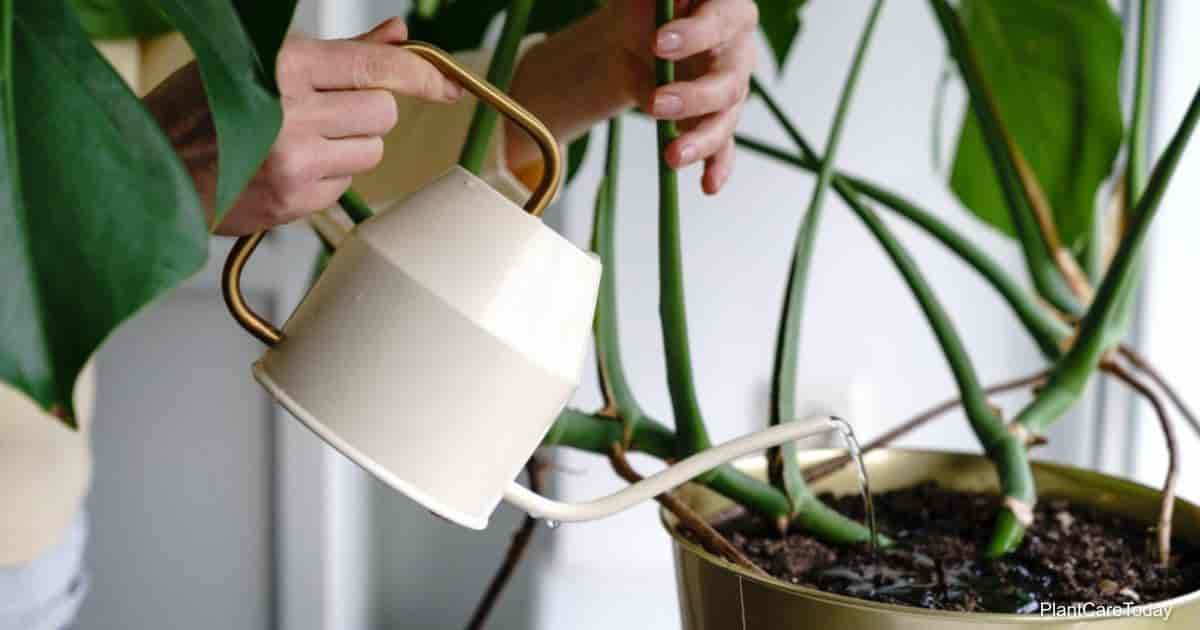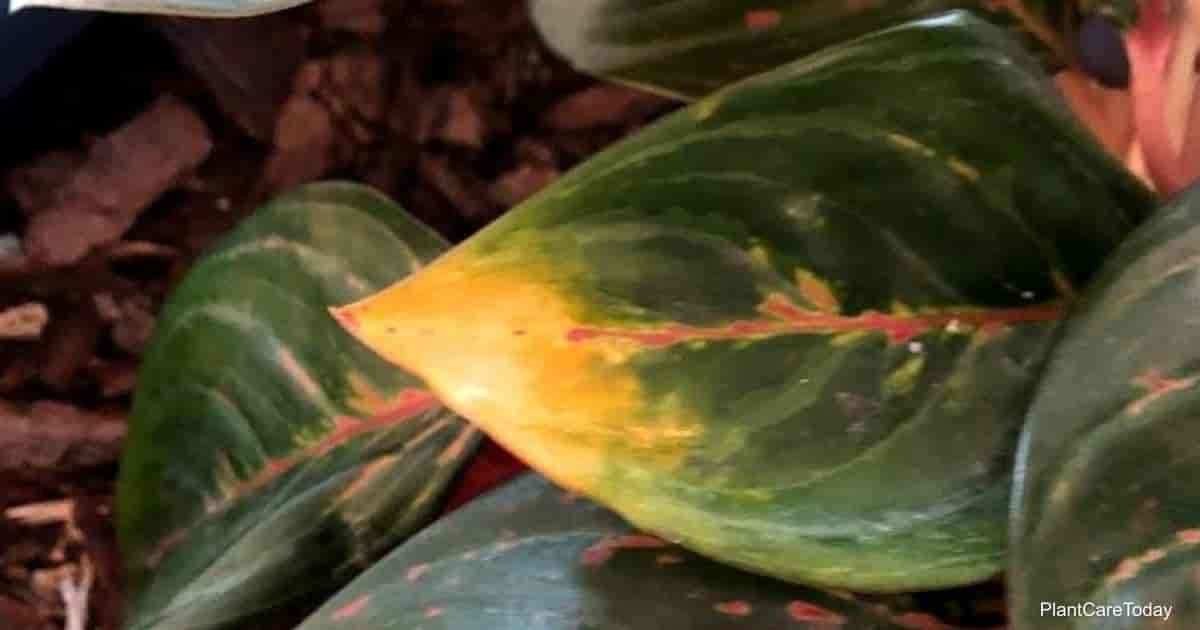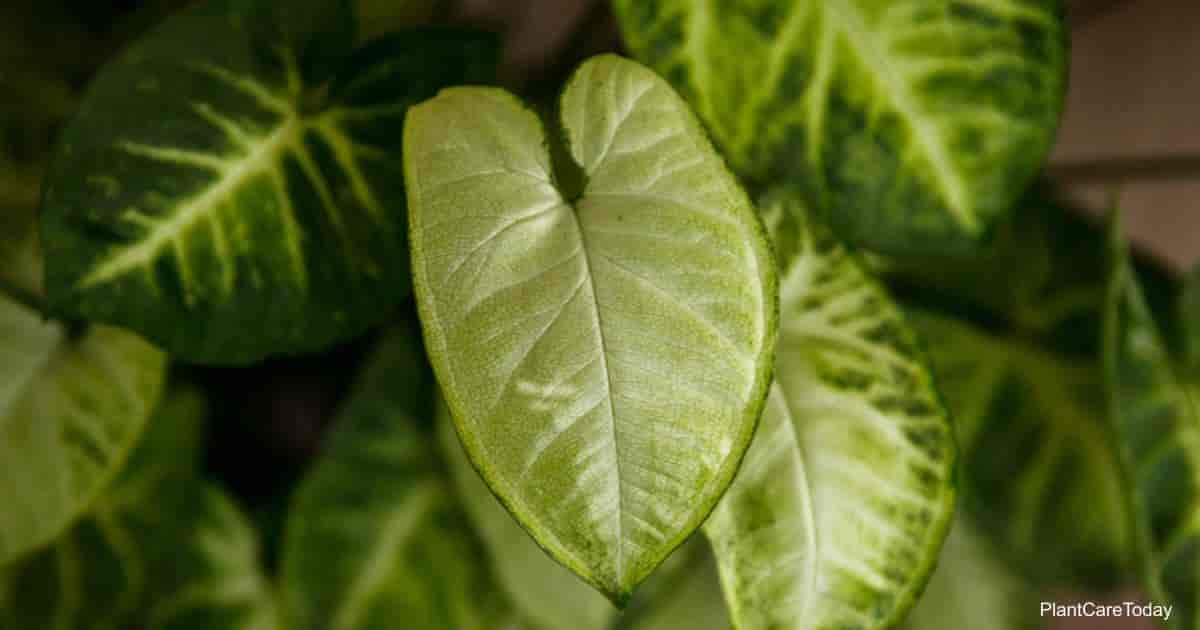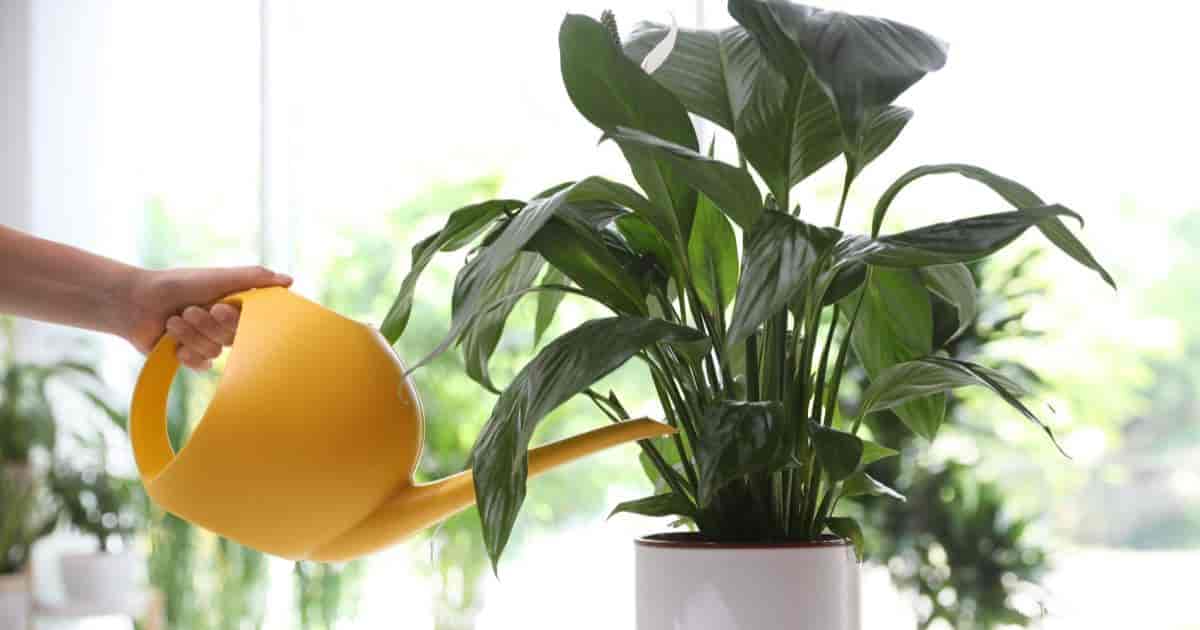Monsteras are quite popular due to their fenestrations, which give the leaves an appearance, not unlike Swiss cheese.
However, while the fenestrations are attractive, they make the foliage more fragile.
This makes monsteras more vulnerable to the effects of specific care issues, especially overwatering.
How To Save Overwatered Monstera Plants?
Monsteras may be more fragile, but it’s easy to fix the damage done by overwatering if caught soon enough.
Knowing the signs of overwatering and pressing good watering methods can help ensure these wonderful plants live long, happy lives.
Signs Of Overwatering
Plants have their own language, with some variations in dialect. This language helps us tell if a plant isn’t feeling good and determine what’s wrong.
For monsteras, there are several signs that it’s suffering from overwatering.
These signs include:
- Brown spots with yellow rings
- Drooping and wilting leaves
- Edema (blistering of the leaves)
- Moldy soil
- Soggy soil
- Yellowing leaves
Note that a plant’s language is limited, so some of these signs may represent more than one potential problem.
However, a process of elimination or the presence of multiple symptoms can help confirm that the problem is overwatering.
When You Overwatered Once Or Twice
The good news is that overwatering your plant once or even twice won’t necessarily harm it.
This might have happened because someone else tried to water the plant using the wrong method or because you were distracted.
Simply remove any visible puddles and make sure you check soil dryness before the next time you water.
In most cases, this will be enough, but you can also lay some paper towels on the soil to soak up more moisture if you want to play it safe.
Treating Severe Overwatering
By the time you begin seeing the effects of overwatering on a plant’s leaves, the damage has advanced to the point that immediate action is necessary.
The good news is that catching and treating an overwatered monstera can usually lead to full recovery quickly.
Here are the necessary steps you’ll need to follow to save your plant:
Prune And Uproot The Plant
Here’s how to do it:
- First, begin by pruning away any severely damaged leaves
- Leaves with a lot of brown will just use up resources that the plant is going to need for its recovery.
- However, it’s usually best if you don’t remove more than ⅓ of the leaves at one time, even when damage is extensive, since the plant will need the leaves for photosynthesis.
- Next, remove the plant from its container and gently rinse off as much of the soil as possible to expose the roots.
Check For Root Rot
For checking signs of root rot, do these:
- Carefully examine the roots for signs of rot. Symptoms include dark brown to black roots, mushiness, and a foul odor.
- Infected roots will need to be removed with a sharp, sterile knife.
- Be sure to resterilize your knife between each cut.
- When only healthy roots remain, you will need to soak the roots in a solution of 1 part bleach to 10 parts water for 30 minutes. This will kill both bacterial and fungal strains that can cause root rot.
- Allow the plant to air dry for 2 to 3 days.
Repotting
Here’s how to properly repot monsteras:
- First, get a sterile pot and fill it with a fresh potting medium.
- Do not reuse the old container or soil, as these will contain the root rot.
- Lightly dampen the medium before planting and after to help the plant settle in.
Note that this isn’t a full watering but merely something to add a bit of moisture to reduce transplant shock.
Avoid using fertilizer for one to two months while the roots recover.
Preventing Future Watering Issues
Overwatering is most often caused by improper watering techniques such as the calendar method.
The best method is the soak-and-dry method, which uses simple observations to know when the plant needs to be watered and when it has enough water.
The Finger Trick
One of the simplest methods for checking when a plant needs water is called the finger trick because it uses your finger to test soil moisture.
This method can be used in conjunction with several watering methods and is just as accurate as digital tools.
When it comes to monsteras, simply stick your finger straight down into the soil and water if it feels dry 2” inches down.
On the average-sized adult hand, the distance between the fingertip and each knuckle is roughly one inch, so you will want to submerge your finger to the second knuckle.
If you have smaller hands, you can put your finger beside a ruler to determine the correct distance.
If you have nerve damage or cannot tell if the soil’s damp, you can use a bamboo chopstick or popsicle stick marked instead to show how deep it needs to go.
Leave it in the soil for 20 minutes, and when you pull it out, the wood will be darker if moisture is present.
Using The Soak-And-Dry Method
Once you know it’s time to water your monstera, grab a small watering can or cup full of natural rainwater or distilled water.
If you need to use tap water, make sure it has been allowed to sit out overnight and preferably run through a filter.
This will remove some of the harmful chemicals present in tap water.
The big trick with this method is pouring at a slow enough rate, and it usually only takes a few times to master this aspect.
Ideally, when you pour, it should never get the plant itself wet and should be slow enough that the soil immediately soaks up the water.
Work your way around the plant, pouring slowly and evenly until the soil begins having trouble absorbing as fast as you pour.
This sign shows that the soil is now saturated.
Likewise, you can tell it’s time to stop if you see moisture beginning to seep from the pot’s drainage holes.
Credit : Gary Antosh (https://plantcaretoday.com/overwatered-monstera.html)





